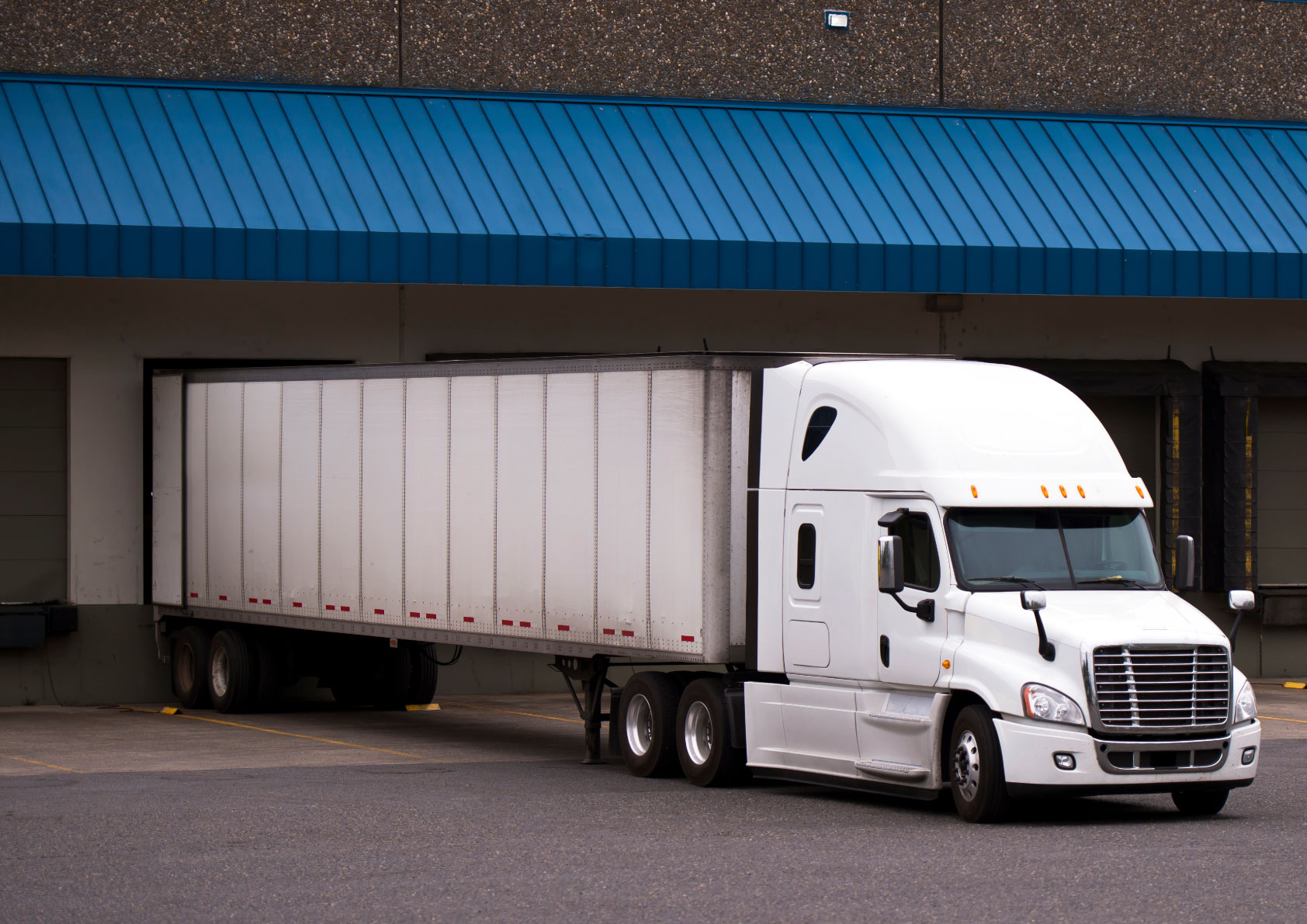Supply chain management has changed a lot in recent years. Modern technology and innovative ideas present a variety of ways for companies to streamline their operations without sacrificing performance. However, some of the most efficient strategies have been around for decades. One such technique is cross docking. Since the 1930s, companies in the US have benefited from this supply chain process.
Keep reading to learn more about cross docking and how it can benefit your own company.
What is Cross Docking?
Cross docking is a supply chain technique in which goods are loaded directly from inbound delivery trucks to outbound delivery trucks, so that products go directly from the manufacturer to the final destinations. This technique streamlines the supply chain process by removing (or greatly reducing) the storage step between receiving and delivering products.
There are two main types of cross docking: pre-distribution and post-distribution.
Pre-Distribution Cross Docking
In this type of cross docking, suppliers already know who the customer is and what their specific instructions are for distribution when the goods arrive at the dock. Because all parties know these details, warehousing staff can unload and repack inventory quickly upon arrival at the dock, without storing inventory in the warehouse.
Post-Distribution Cross Docking
In this type of cross docking, suppliers don’t yet know who the customers are or where the final destinations are. So, rather than unloading inventory from one truck directly to another truck, goods will spend a little more time in the warehouse with this type of cross docking.
Ever since it was first introduced in the 1930s, cross docking has only grown in popularity and efficiency. Today, small and large retailers alike utilize cross docking to streamline their supply chains.
Cross Docking vs. Transloading
These two freight services can go hand in hand, but they are not the same thing. The biggest difference is what happens with the inventory between unloading inbound delivery vehicles and loading outbound delivery vehicles. In cross docking, inventory is loaded directly from one vehicle to another, with minimal storage time in between. In transloading, the inventory is sorted and re-palleted between the unloading and reloading steps. Additionally, transloading typically results in a prolonged warehouse stay before final distribution.
Cross Docking vs. Drop Shipping
Cross docking and drop shipping are very different from each other. While cross docking eliminates or minimizes the warehousing step in supply chains, drop shipping minimizes the role of the distributor. More specifically, companies that utilize drop shipping techniques do not play a direct role in the distribution of their products. Rather, they simply provide shipping information to a third party manufacturer who oversees both the manufacturing and distribution. That third party manufacturer may choose to use cross docking when it comes to distribution, but it is a separate process from drop shipping.
Benefits of Cross Docking
We’ve briefly mentioned a few benefits of cross docking, but we’ll dive into a few more below. It is safe to say that this logistics technique has a lot of benefits!
Increased Efficiency
Perhaps the overarching benefit of cross docking is increased efficiency in the overall supply chain process. Less storage time means streamlined processes, as well as products into consumers’ hands faster.
Reduced Handling Times
With fewer steps in the supply chain process, inventory passes through fewer hands. This not only speeds up the process, but it also results in less damage to items, both of which boost your bottom line.
Lower Storage Costs
Cross docking saves money by reducing storage costs. Even if inventory spends a short time in a warehouse, it is less time than it would be in a traditional distribution process.
Better Inventory Preservation
If your company distributes time-sensitive goods, cross docking can contribute to keeping those items in their ideal state, due to the faster turnaround time it provides.
Happier Customers
It’s no secret that quick delivery makes for happy customers. When products are delivered quickly, intact, and accurately, customers are more likely to stick around.
Warehousing Services in Northern California
Modern Express proudly serves Palo Alto, Mountain View, Redwood City, Morgan Hill, Fremont, Oakland and surrounding Northern California areas with comprehensive warehousing and courier services. As experts in the industry, our team understands that there is no one-size-fits-all approach to successful supply chain management, which is why we work with each client to find the strategy that works best for the business. Sometimes that strategy includes cross docking, and sometimes it doesn’t. Either way, we promise to work together to find a supply chain strategy that works for you. To learn more about our services and how we can support your business operations, contact our team today.
Learn About Other Supply Chain Terms
Check out some of our other blog posts to learn more about warehousing, distribution, and more.

